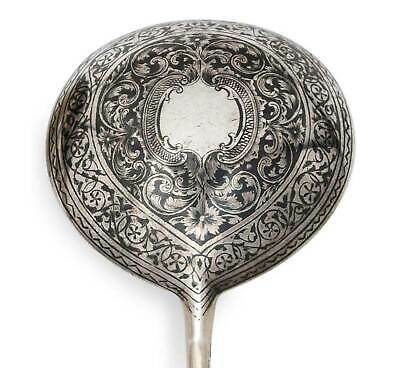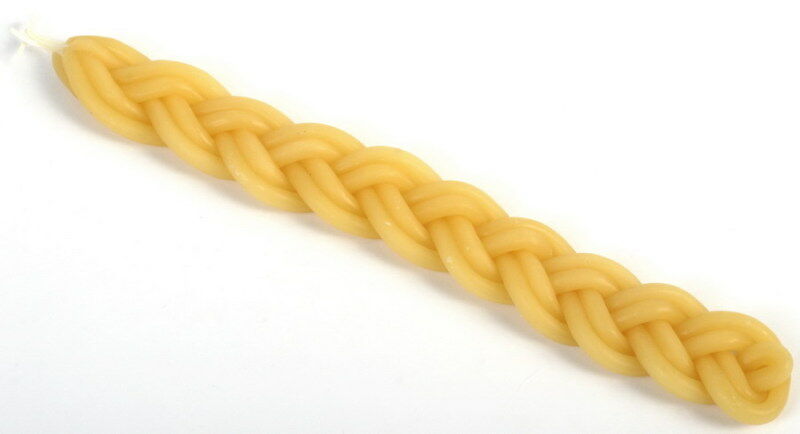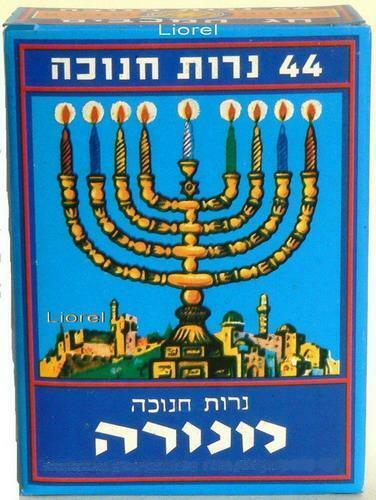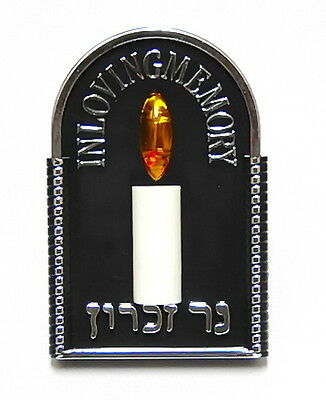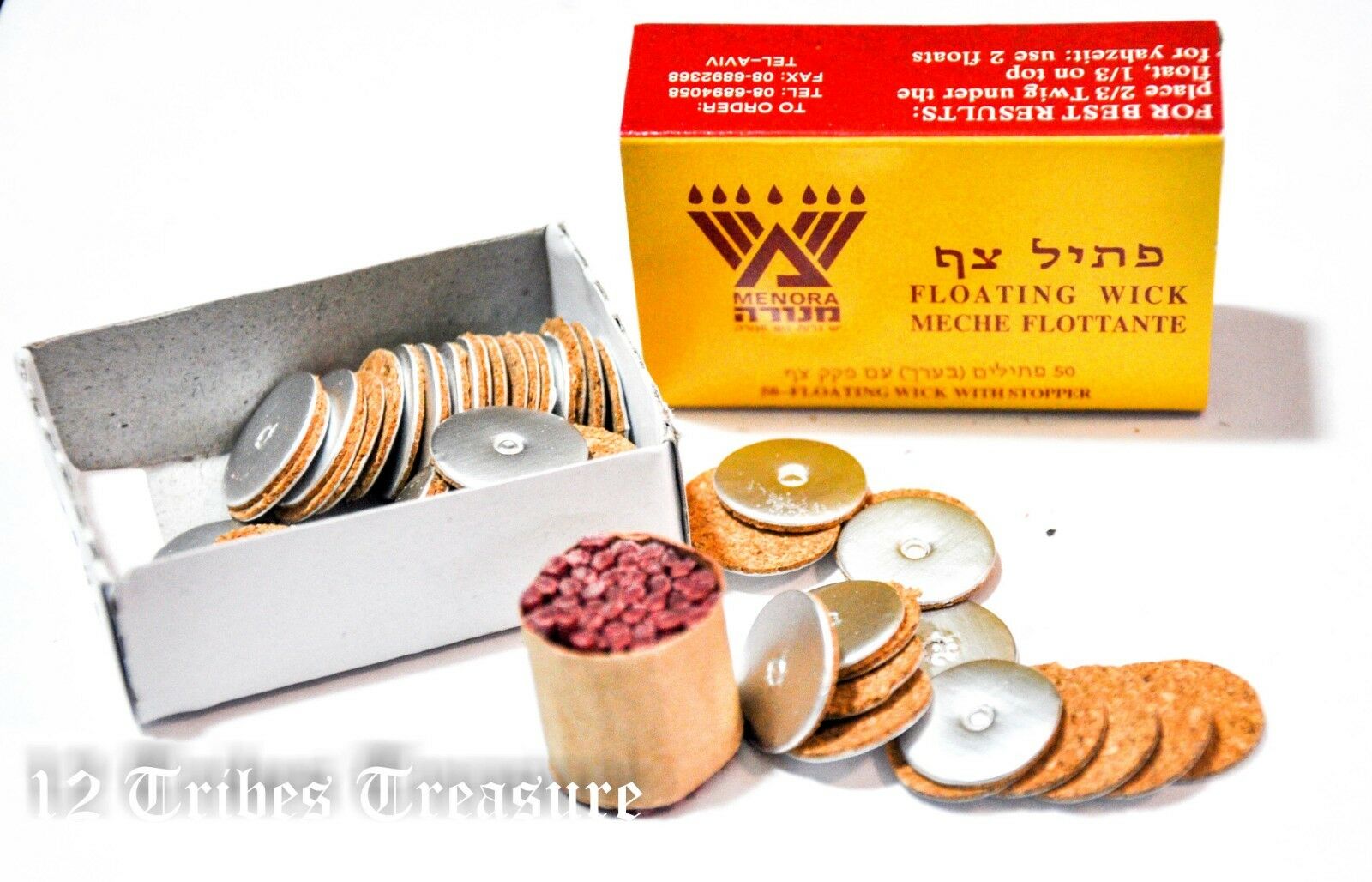-40%
LARGE RUSSIAN IMPERIAL NIELLO SILVER SPOON
$ 976.8
- Description
- Size Guide
Description
LARGERUSSIAN IMPERIAL NIELLO SILVER SPOON
A beautiful silver spoon, almost completely decorated with filigree ornaments.
There are Russian hallmarks on the handle, 84 silver standard and BC in Cyrillic for Vladimir Solovyov - Faberge workmaster - please see screenshot from Christie's auction to confirm this information.
CONDITION
: Generally Good Condition. The item is described to the best of our knowledge. Please refer to pictures and email with any questions.
LARGE SIZE
: 7 1/8 inches.
ESTIMATE PRICE
: 00 - 00.
HISTORY of SALES
: A few years ago Russian Niello Silver Spoons were sold on Live Auctioneer for
,600, 00
and
00
- please see the screenshots.
OFFER
: If an item is NOT SOLD, you can still give us a reasonable offer - please save the link of this page.
PAY in PARTS
: You can pay for any item during 2-3 months. Just make a deposit 10% and the item will wait for you.
SHIPPING
: Combined shipping is available - next item will be ONE DOLLAR for shipping.
NEW
: Returning customers will have 50% DISCOUNT on shipping.
WORKMASTERs
: A Faberge workmaster is a craftsman who owned his own workshop and produced jewelry, silver or objets d'art for the House of Faberge. When Carl Faberge took over the running of the business in 1882, its output increased so rapidly that the two Faberge brothers could not manage all the workshops themselves. When Carl returned to the House of Faberge in St. Petersburg during 1872 his father’s trusted workmaster Finnish-born Hiskias Pendin acted as his mentor and tutor. This would also have involved Carl working at the bench and producing objects. When he was awarded the title Master Goldsmith in 1882, his reputation was then so high that the usual three-day examination was waived; this would not have happened if he had never made anything. The business was divided into several workshops, each with its own specialty. In addition to the fabulous easter eggs, the workshop also produced table silver, jewelry, European-style trinkets, and Russian-style carvings. The two master jewelers most responsible for making the Faberge eggs were Michael Perchin and Finnish-born Henrik Wigstrom. Born in 1860, Perchin became the leading workmaster in the House of Faberge in 1886 and supervised production of the eggs until 1903. Those eggs he was responsible for have his MP (MP- Michael Perchin) markings. All signed eggs made after 1903 bear Henrik Wigstrom's HW mark. Of course, not all eggs were stamped, so other goldsmiths may have supervised production of some of the eggs. Altogether there have been more than 40 workmasters.
